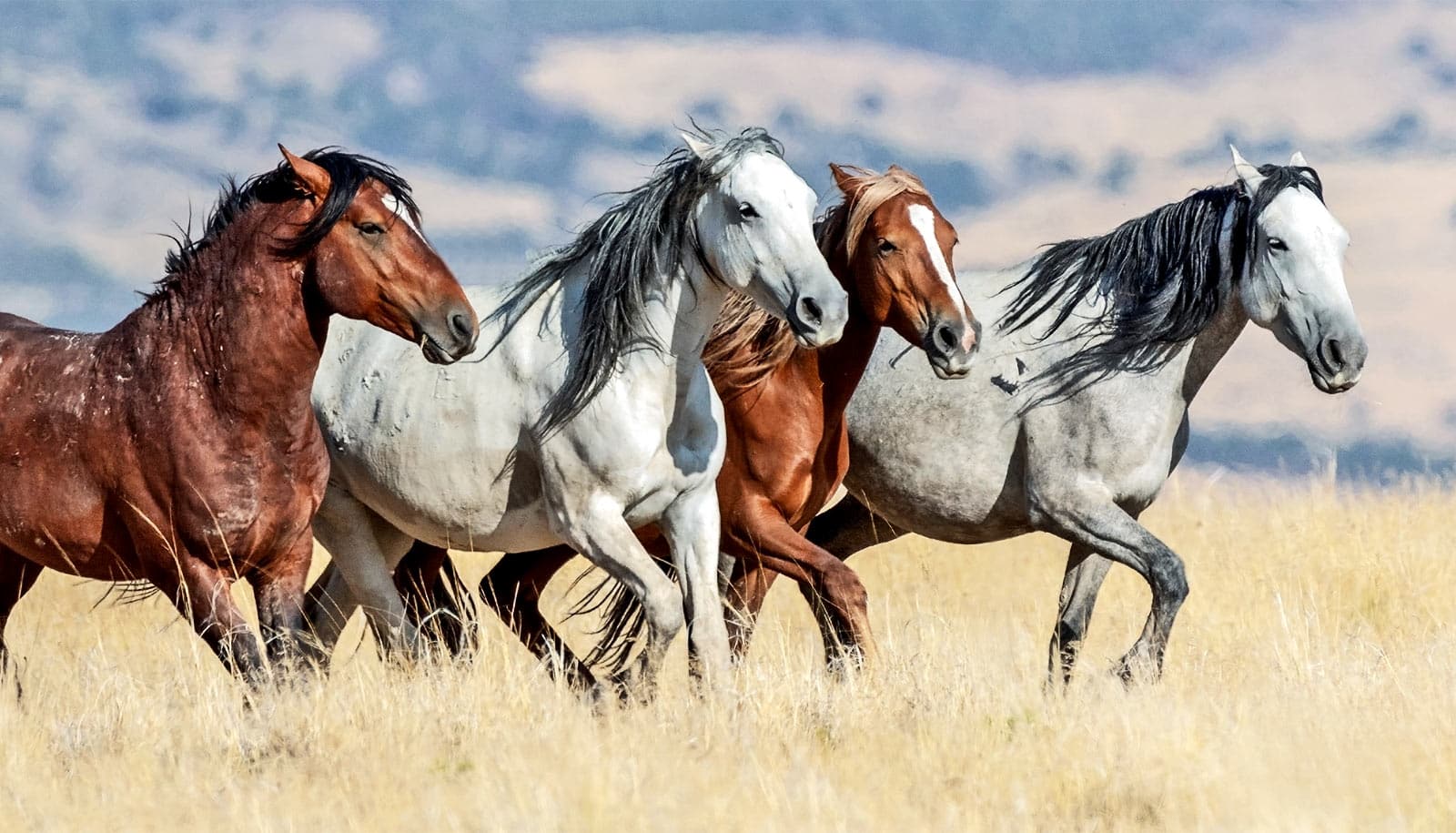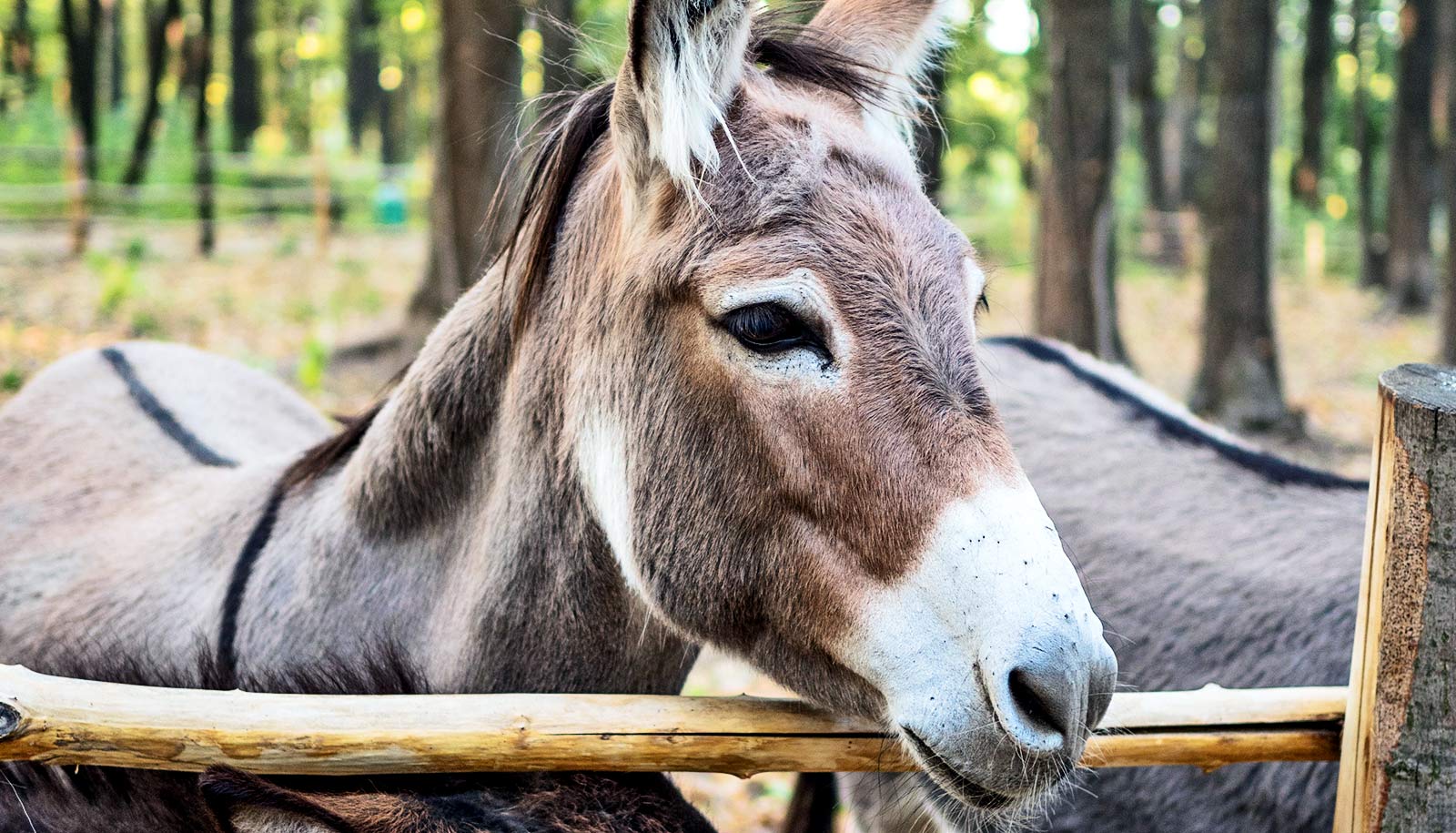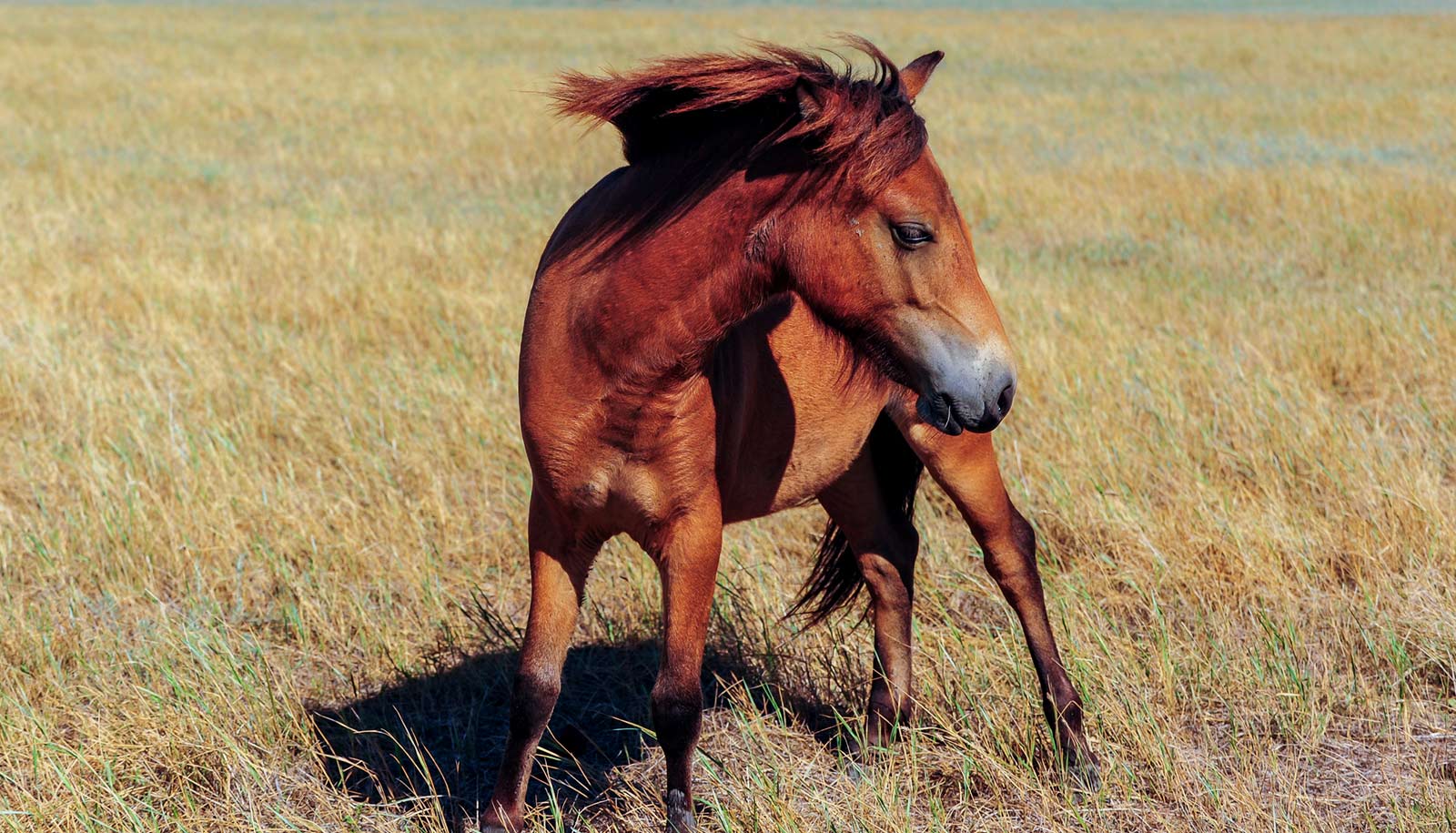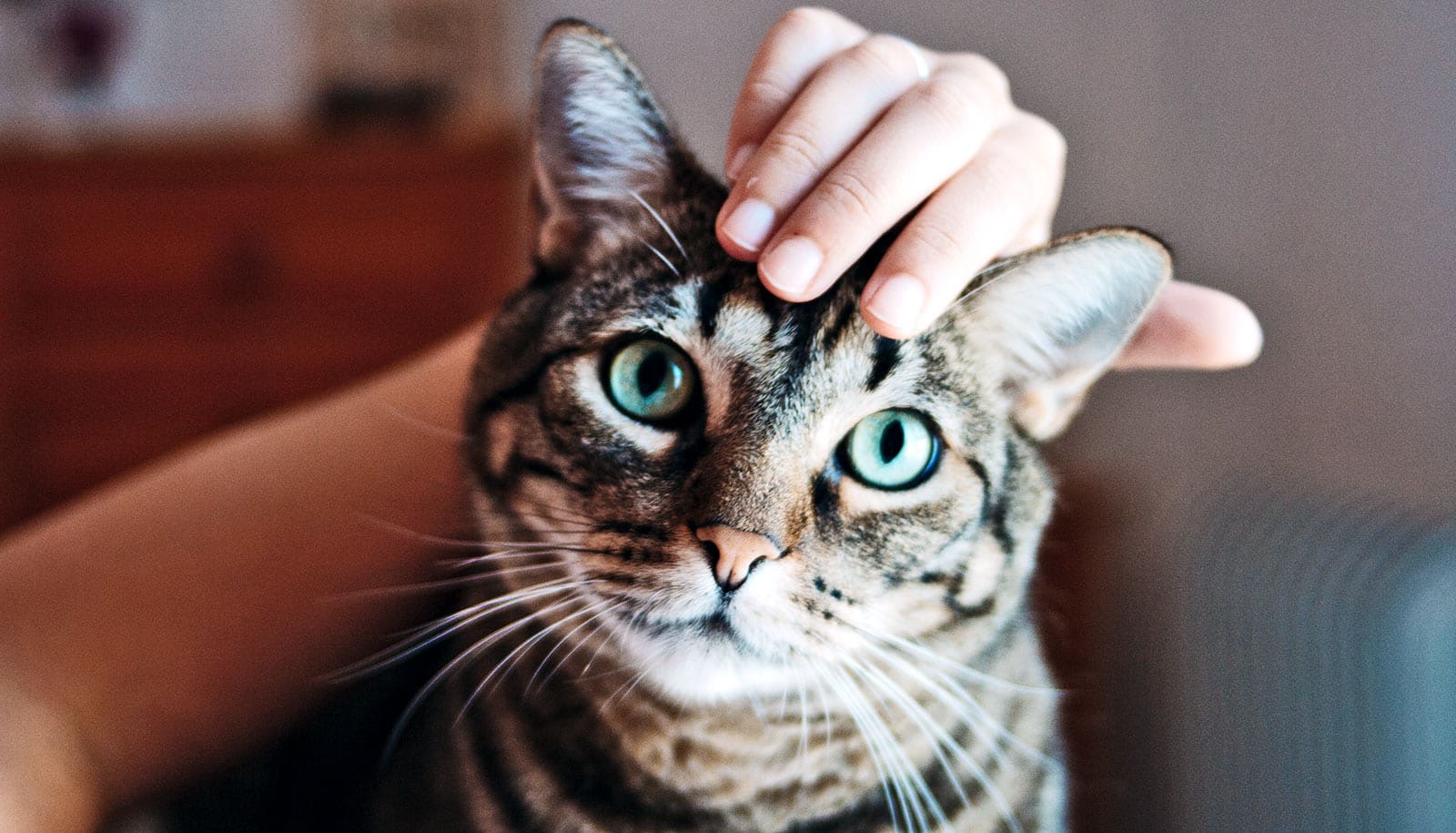New research digs into when and how horses spread and flourished in the western US.
Until now, the accepted theory of horses arriving to the Great Plains and Northern Rockies was shaped by word of mouth and lore.
The new research, published in Science, establishes the expansion of the domesticated horse through DNA evidence.
The researchers compared genetic samples from horse remains at archeological sites to the genetics of rare, early horse breeds similar to those that came over with early settlers. They found familial ties indicating that horses arrived with Europeans and then made their way west during the 17th century. Horses were not out west 10,000 years ago when nomadic people first arrived in North America.
Some archaeological evidence like bones, horseshoes, and colonial items have been found in various locations across the US and occasionally in deposits west of the Mississippi. However, when it came to whether horses were always in the western US or if they came over with Europeans and Spaniards and made it from the East Coast to the Rockies, horses left an open book.
Horses themselves and horsemanship seemed to have spread west faster than Europeans did, the researchers also found. Some of the early horse fossils showed horses were established in the Great Plains before the European and Spanish made their way west. More research needs to be done to understand just how this happened, but it’s another fascinating finding.
Besides filling in some blanks in the history books, this research has real implications for how horses are selected for breeding today.
“We can see aspects of genetic selection from 3,000 years ago that are likely important for a good temperament and a strong back in our horses today,” says Samantha Brooks, associate professor of equine genetics at the University of Florida Institute of Food and Agricultural Sciences (UF/IFAS) whose lab collected DNA samples for the study and helped analyze the data.
“Those are things horse people still struggle with today. The more we learn about genetics that control those aspects of horse health, the better off we can take care of our horses today.”
The new findings shed light on the role horses played in Indigenous cultures. Horses have been a significant part of many Native American cultures, but this research clarifies when and how horses were integrated into their lives.
“European nations valued the horse, but horses did not become a life changing cultural icon to them as it did to the Indigenous people,” Brooks. “The horse suited the nomadic plains lifestyle so remarkably well.”
Nomadic people may not have made it to North America 10,000 years ago with horses in hand, but somehow their way of life was so well suited to the horse that once it arrived in the western US plains, it thrived as part of the Native American culture.
“Some tribal historians thought it was possible that the horses found out west were genetically distinct from the lineage that arrived with Spanish and European colonizers, but the data showed that is unlikely,” says Brooks.
“This is almost a more remarkable finding. The level of skill the Native peoples have with horse handling and management is truly impressive, and this study tells us that they developed that skill in a relatively short amount of time.”
One of the fossilized horses used in the study was found to have sustained a skull fracture at some point in its life that was unrelated to its later death. An injury like that would have almost certainly required supportive care in order to survive, a testament to how tough these early horses had to be, and to how well Indigenous communities cared for the animals.
“Native people adapted and flourished as a horse culture in the blink of a historical eye,” says Brooks.
The researchers thank the Livestock Conservancy and owners and breeders of rare horse breeds such as the Galiceño, Marsh Tacky, and Florida Cracker Horse that contributed genetic samples to the study. Without those samples, this research would not have been possible.
Source: University of Florida



